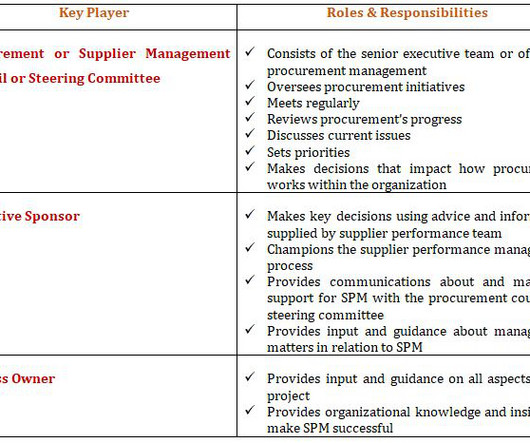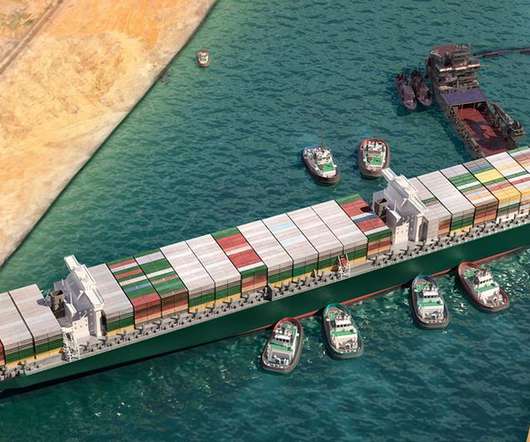Supplier Performance Management – The Ultimate Guide
SCMDOJO
FEBRUARY 29, 2024
Current State of Supplier Performance Management Nowadays, the interest in improving supplier performance management methods has increased due to the increase in global sourcing and that of the global economy in particular (Gordon Sherry R, 2008). Figure 1 shows a sample proposed SPM project structure for a transportation services company.

















Let's personalize your content